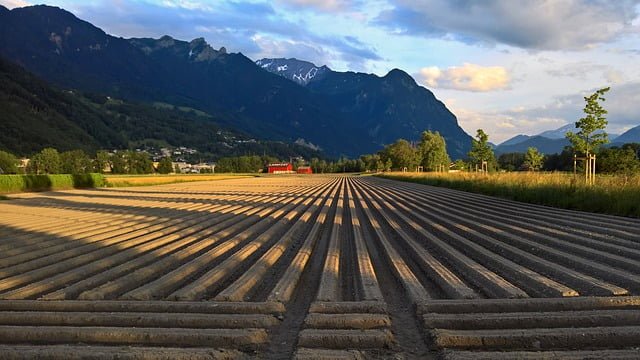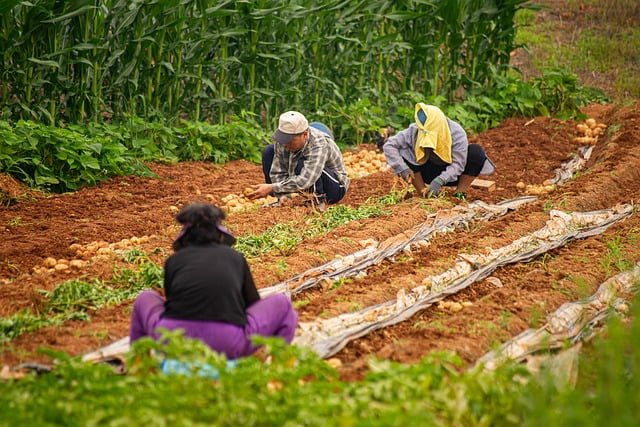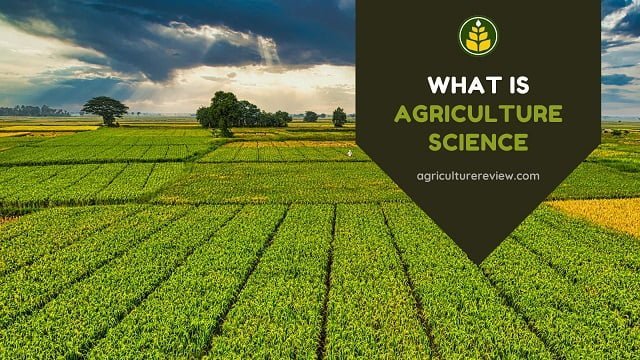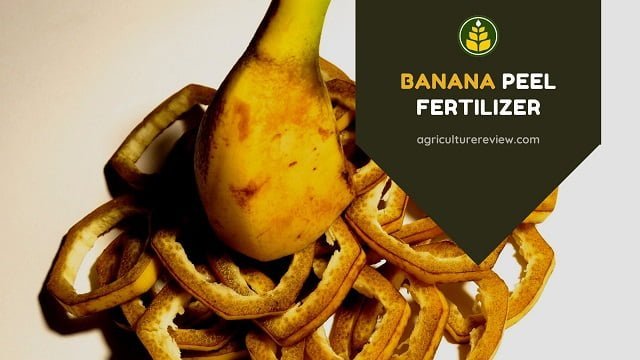This ultimate guide on potato farming will help you to learn better practices to cultivate potato in your farm. However, In the beginning we will also learn about origin, area and production of potato in the world.
Potatoes are high in nutrients. According to potatogoodness.com, one medium sized potato contains 110 calories, 30% Vitamin-C, 15% Potassium, 10% Vitamin B6, and 7% fibres. That’s why people love to use potatoes as important food source and culinary ingredient worldwide.
Table of Contents
Introduction
Potato is not only a root vegetable crop but it is also a dominant crop in countries like India and China. They are considered as an economical food because potatoes can provide low cost energy to human diet.
Potatoes also have industrial uses. They are used for the production of starch, dextrin, glucose and alcohol. Moreover who can forget the taste of yummy and crispy potato chips.
As potato is an economical crop therefore its demands keep rising every year to feed increasing population. Let’s now learn more about botanical classification, origin, area and production of potato crop.
Botanical Classification
Botanical Name: Solanum tuberosum
Family: Solanaceae
Order: Solanales
Class: Magnoliopsida
Division: Magnoliophyta
Chromosome Number: 12 ( 2n = 4x = 48)
Source: newworldencyclopedia.org
Origin Of Potato
Researchers believes that potato originated in Peru. The cultivation began around 8,000 to 5,000 B.C in Peru by Inca Indians. In 1536, due to its taste, and health benefits Spanish conquerors brought potatoes to Europe.
Later on it spread to other parts of the world and became the staple food in many countries.
Area & Production
According to tridge.com, around 370.38 Million metric tonnes of potatoes were produced during the year 2018-2019. China is the largest producer of potatoes with production of around 91.82 Million metric tonnes of potatoes.
India is the second largest producer of potatoes with production of around 50.19 Million metric tonnes. Other major potato producing countries are Russia, Ukraine, United States, Germany, Bangladesh, France, etc.
Potato Farming Guide

For successful cultivation of potato you need to learn better farming practices. Through this article you will be able to learn soil, climate, fertilizers, irrigation requirements. Moreover get to know pest and diseases of potato crop.
Soil Requirements
Although potato can grow in nearly any kind of soil but avoid cultivating potatoes in soggy soil. The growth of potato tuber can get affected in soggy soil. However, well drained, loamy soil having soil pH in the range of 4.8 to 6.0 is ideal for potato farming.
Avoid cultivating potato crop in soggy, alkaline or saline soil.
Climate & Temperature
Potato is a cool weather crop. Generally you can cultivate potato in temperate to sub-tropical regions. Average temperature of around 24 degrees Celsius is ideal for good vegetative growth of the crop.
And to get better growth of tubers temperature should be around 20 degrees Celsius. Temperature and climate plays an important role in sowing time and growth of potato tubers.
You can easily cultivate potato crop as a rainfed crop in regions receiving annual rainfall of around 1200-2000 mm.
Field Preparation
Prepare the field by ploughing up to 20-25 centimetres deep. This is followed by harrowing. Make sure that the soil have higher pore space. This will help in better growth of potato tuber. Apply well decomposed Farm Yard Manure @ 25 tonnes per hectare during last ploughing.
Ensure adequate moisture in the field before sowing of true potato seeds or potato tubers.
Planting Material
You can either use potato tuber or True Potato Seed as a planting material. If you are selecting potato tuber as a planting material then make sure that it is:
free from diseases,
well sprouted,
medium sized,
and each tuber weighs around 30 to 120 grams.
You can use the whole tuber or pieces of the tuber with at least 2 eyes per piece.
Seed Rate
Seed rate of potato mainly depends on these important factors:
Planting Season,
seed size,
and spacing.
Seed rate varies from 1.5 to 2.5 tonnes per hectare if you are using potato tubers as planting material. Generally for oval sized potato seed rate is 2.5 tonnes per hectare. And for round sized potato it is 1.5 tonnes per hectare.
However if you are using True Potato Seeds (TPS) then seed rate get reduced to only about 200 grams per hectare.
Planting Season
You can start planting potato tubers or TPS when the maximum temperature remains around 30 to 32 degrees Celsius. And the minimum temperature remains around 18 to 20 degrees Celsius.
You can start plantation during Rabi season i.e. during October to November. However in hilly regions, planting season varies from January to April depending on region and climate.
It is best to connect with local agriculture department to know about best planting season for your locality.
Seed Treatment
For proper emergence of sprouts keep the potato tubers or seeds in cool and shady place for 1 to 2 weeks after removing from the cold storage. Seed treatment is a necessary step to ensure good growth of the plant.
First treat the seeds with 1 gram of Gibberellic acid diluted in 1 litre of water. Let it dry in shady area and then keep it in aerated room for 10 days. Before plantation dip the tubers in 0.5% Mancozeb solution for 10 minutes.
This will help in preventing tubers from rotting.
Planting Method
Prepare furrows at a distance of 50 to 60 centimetres. Plant potato tubers 15 centimetres apart in the centre of the ridges. Planting depth should be not more than 5 to 7 centimetres. You can apply and mix well rotten manure at the bottom.
Keep the eye side up and cover the trench with soil after plantation.
Fertilizers
Potato is a heavy feeder crop. Therefore to obtain higher yield you will need to apply good amount of fertilizers. Here I am going to share fertilizer recommendation table for various types of soil.
| Type Of Soil | Nitrogen(N) | Phosphorus (P2O5) | Potassium (K2O) |
|---|---|---|---|
| Alluvial Soil | 180 – 240 Kilograms | 60 – 90 Kilograms | 90 – 120 Kilograms |
| Black Soil | 120 – 150 Kilograms | 50 Kilograms | 50 Kilograms |
| Acidic Soil | 120 Kilograms | 115 Kilograms | 120 Kilograms |
Apply 2/3rd doze of nitrogen and complete doze of phosphorus and potassium at the time of planting. And the rest doze of nitrogen should be applied when plant reaches 15 to 25 centimetres in height. Apply fertilizers by band placement 5 centimetres away from the tubers.
Irrigation
Irrigation mainly depends of climatic conditions and soil moisture. However around 5 to 6 irrigation are required till maturity of the crop. Stop irrigating the field 10 to 12 days before harvesting.
The first irrigation is given before sowing of seeds and the second 3 to 4 days after sowing of seeds. After that give light irrigations at an interval of 10 to 12 days depending on climatic condition. To increase water use efficiency you can also adopt drip irrigation system.

Harvesting
You can start harvesting potato crop when leaves start yellowing and falling on the ground. But if you want to harvest baby potatoes then you can start harvesting 2 to 3 weeks after the plants have finished flowering.
Cut the crop from the ground level 8 days before actual harvesting date. Dug out tubers after 8 days very carefully without causing any damage. Clean the potatoes and spread it on ground in shade to dry.






Information on cultivating Maize for pop corn in Himachal Pradesh
Hi Umrao Singh,
For cultivation of Maize for pop corn in Himachal Pradesh you can use VL Amber or Pearl Pop variety seeds. To get complete information on cultivation of maize visit, Maize Cultivation Guide
For potato farming quantity of fertilizer is
Provided. This quantity is for how much area of cultivation.
Hi Mr. Girish Gandhi,
The fertilizers recommendation is for one hectare of potato farm land.
What about areas where the moisture levels are high?
High Moisture Content Can Affect Potato Crop, too much water can cause wet rot. You can cultivate potato under controlled environment in green house and apply moisture according to the prevailing condition and needs of the crop.
I hope this will help!
My name gavendra pal Singh Amarpur kondla post office govindpur phgoi district aligarh U.P my total land is the two acre land in the village Amarpur kondla and crop potato sowing time 15 Oct and veriety hybrid pukhraj